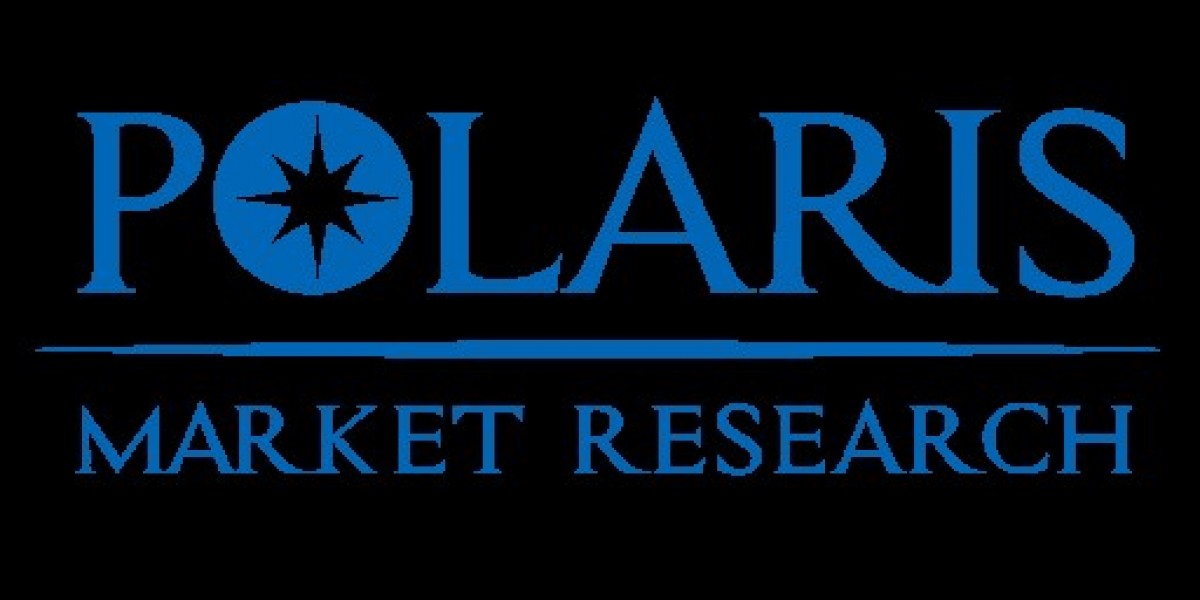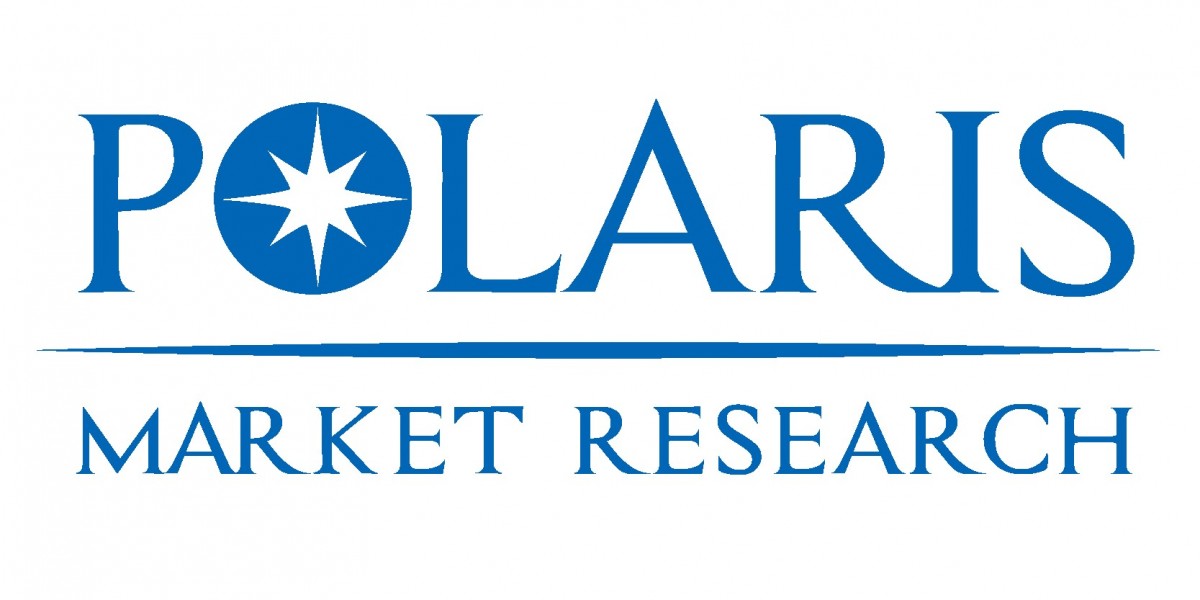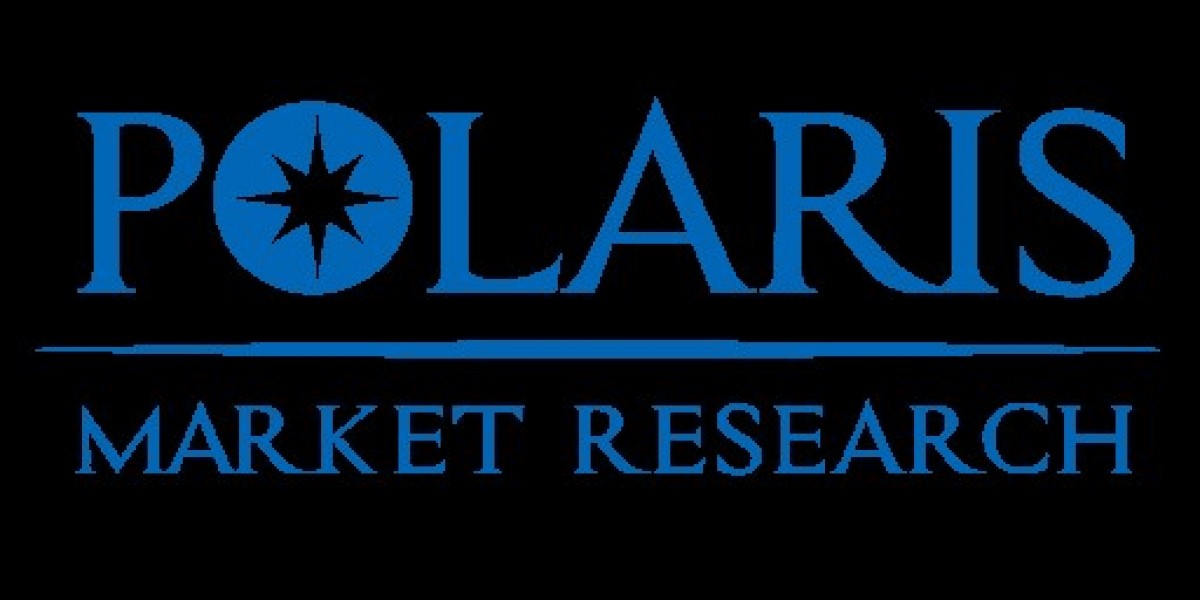The lithium‑ion (Li‑ion) battery market size was valued at USD 63.51 billion in 2024 and is projected to register a CAGR of 15.4% from 2025 to 2034. This robust growth underscores a major shift across mobility, energy storage and consumer‑electronics ecosystems, as manufacturers and utilities alike transition from legacy technologies to high‑efficiency, lithium‑based battery chemistries. In the Asia Pacific region, which already commands a dominant share of global production capacity, substantial investments in gigafactories, government incentives for electric vehicles (EVs) and renewable‑energy integration have accelerated demand for Li‑ion battery cells and packs. Concurrently, North America is increasingly focused on localising supply chains, strengthening raw‑material security and deploying energy‑storage systems to support grid modernisation, while Europe is advancing regulatory frameworks around battery‑value‑chains and circular‑economy objectives, shaping how the market evolves regionally.
Key drivers underpinning market expansion include the rising adoption of EVs, growing utility‑scale energy‑storage deployments and continuous cost‑reductions in battery packs. Electric‑vehicle manufacturers are scaling Li‑ion battery capacity to meet emission‑reduction targets and consumer demand for longer driving ranges; in parallel, renewable‑energy systems paired with battery‑energy‑storage systems (BESS) require advanced lithium technologies to stabilise grids and facilitate peak‑shaving and load‑shifting applications. Specifically in Asia Pacific, governments such as China’s and India’s are offering subsidies and infrastructure support to stimulate EV manufacturing and roll‑out of large‑format battery‑storage projects, driving regional battery‑cell manufacturing hubs. In North America, incentives such as federal loans and state‑level manufacturing programmes are propelling production of battery plants and encouraging the deployment of stationary‑storage solutions to support clean‑energy targets.
Despite these compelling dynamics, the lithium‑ion battery market faces a number of significant constraints that may affect its pace of growth. Raw‑material supply risks—particularly for lithium, cobalt and nickel—pose upstream challenges, as do fluctuations in commodity pricing and trade tensions among major producers and consumers. Battery‑manufacturing scaling requires intensive capital investment and is subject to cost pressures from global competition and technology shifts. In Europe, stringent regulatory requirements on battery‑material sourcing, recycling‑obligations and sustainability benchmarks impose compliance burdens on manufacturers and may delay roll‑out. In Asia Pacific, although production scale is large, fragmentation of regional standards, varying safety regulations and infrastructure maturation still create operational hurdles for seamless global supply‑chain integration.
Opportunities in the lithium‑ion battery market are substantial, particularly across vehicle electrification, energy‑storage and second‑life reuse sectors. Automakers are increasingly entering into long‑term battery‑supply agreements and collaborating with cell‑manufacturers, creating new business models around battery‑as‑a‑service and modular pack systems. In North America there is promising scope in retrofit‑and‑replacement markets for stationary‑storage and commercial‑fleet electrification, where Li‑ion cells can enable smooth transition from conventional diesel‑based systems. In Europe, the shift toward circular‑economy frameworks opens opportunity for battery‑recycling infrastructure, material recovery and regional supply‑chain resilience. In Asia Pacific, older internal‑combustion vehicle fleets and nascent grid‑electrification programmes present greenfield demand for both new‑vehicle EV batteries and large‑scale storage solutions, giving manufacturers a broad runway for expansion across multiple applications and geographies.
Read More @ https://www.polarismarketresearch.com/industry-analysis/lithium-ion-battery-market
Emerging trends shaping the trajectory of the lithium‑ion battery market include a move toward next‑generation chemistries (such as lithium iron phosphate and high‑nickel NMC variants), convergence of battery manufacturing with digital‑manufacturing and Industry 4.0 practices, and deep integration of battery‑management systems (BMS) with cloud‑based analytics for predictive maintenance and lifecycle optimisation. In Asia Pacific, many cell‑manufacturers are adopting localised supply‑chain strategies and investing in automated gigafactories to enhance throughput while reducing cost per kWh. Meanwhile in North America, vertical integration of materials sourcing, cell manufacturing and pack assembly is gaining traction to reduce dependency on overseas supply and align with policy directives for domestic manufacturing. Across Europe, advanced recycling‑technology deployment, battery passports and performance‑based regulation are influencing product design and business models, while global applications extend beyond automotive into stationary storage, consumer electronics and industrial machinery, broadening end‑use segments for Li‑ion batteries.
Examining region‑specific performance in more depth, Asia Pacific remains the largest and fastest‐growing segment, driven by massive battery‑production capacity in China, Korea and Japan, strong export orientation and favourable national policies targeting EV adoption and renewable‑energy deployment. Vehicle‑manufacturing hubs are tightly integrated with battery‑cell factories, creating economies of scale and cost advantages for regional producers. North America, while not leading in volume, is experiencing accelerated growth due to government support for domestic battery manufacturing, growing demand for utility‑scale BESS and electrification of commercial fleets; the U.S. federal government’s loan‑guarantee programmes for battery‑plant construction underscore strategic importance of the region. Europe is characterised by regulatory‑led change: initiatives such as battery‑materials regulation, battery passport proposals and recycling‑targets are shaping how cells and packs are manufactured and used, while automakers shift toward software‑defined vehicles with high‑voltage battery systems and connected car‑capabilities.
In summarising the competitive landscape of the global lithium‑ion battery market, the major players holding significant market share include:
- Contemporary Amperex Technology Co., Ltd. (CATL)
- LG Energy Solution Ltd.
- Panasonic Holdings Corporation
- BYD Company Ltd.
- Samsung SDI Co., Ltd.
More Trending Latest Reports By Polaris Market Research:
Cell & Gene Therapy Bioanalytical Testing Services Market
Platelet Rich Plasma (PRP) Market
Tamanu Oil Market: Unveiling the Natural Elixir for Skin and Hair
South Korea Industrial Microwave Heating Equipment Market









